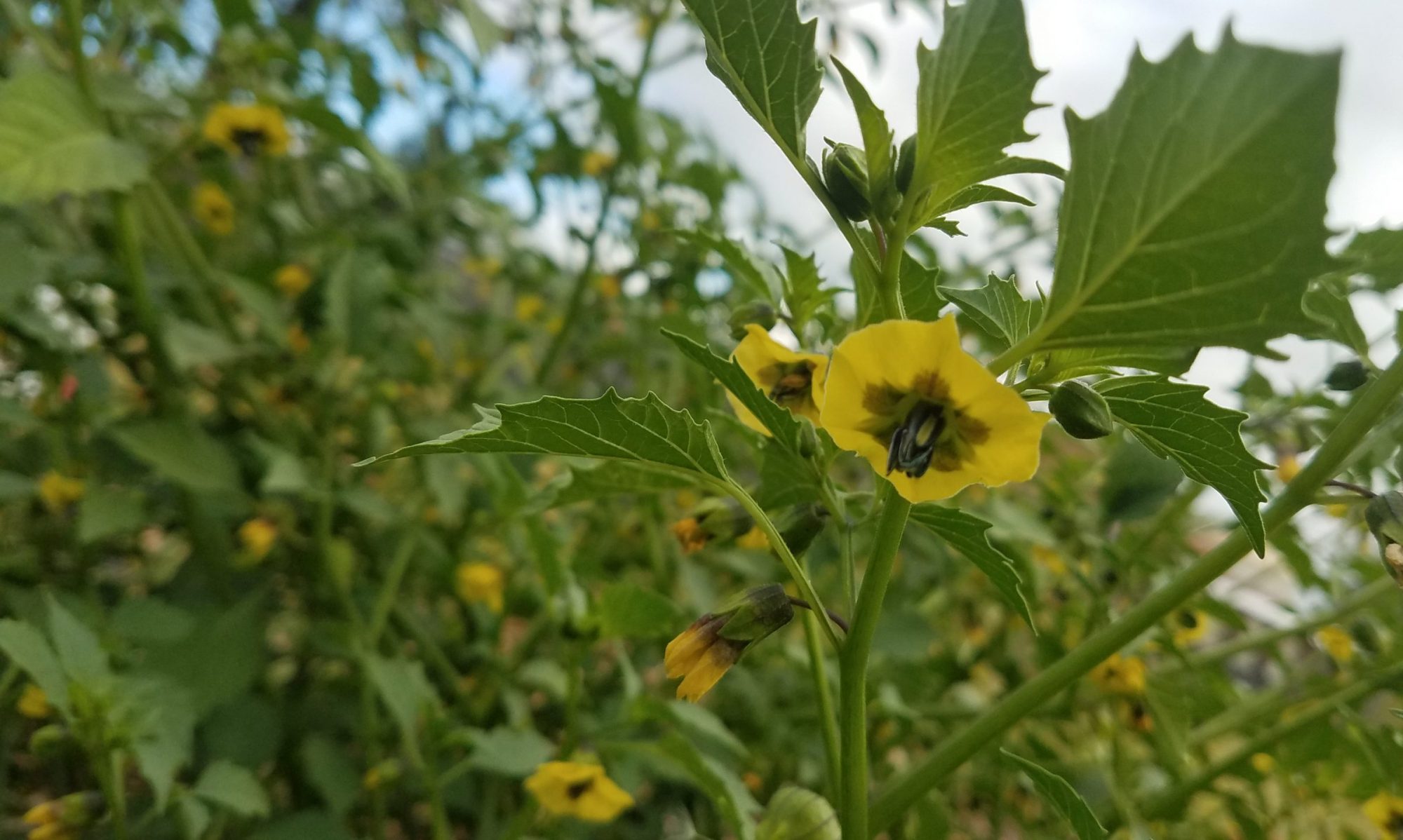Nope. Everyone is wrong. No one actually knows, so don’t believe anyone. Not your dentist. Not the scientists. Not your mom. Not your crazy Uncle Mike, who is wrong about 99% of the time, but happened to be right one time when it involved his 401K, a tipsy bet, and the Superbowl.
No one knows exactly when the last frost date is for your state, or your city, or your microclimate.
I’ve been basing my enthusiastic seed planting this winter off of charts that say the average last frost for my area is the beginning of April. However, the seed packets say March-May. Today I found a website that claims May 11-20 is “the magic”. And yet another site claims that 6/4 is the golden day.
Why is there a 60 day spread in the dates? (I mean, I already know the answer, but why is everyone so definitive about their date?), How can I get ahead with planting without getting too far ahead? Should I just do what the little old lady down the street does and plant in ground on June 1st, no matter what?
Back in the olden days, people had these adorable little sing-songy rules that came about because they were more in touch with nature. Rhymes like “Don’t plant a pea, until you see a bee” or “Daffodils bring radish thrills” or “Tomatoes grow where carrots hoe” or “When Arvid wears his green pants, it’s time to prune the rose plants”. Folks used to get an itchy armpit or a twinge in their knee when it was time to sow corn. We now rely on expert date charts, instead of observation and intuition. I am at a disadvantage because I have no twinge or itch to tell me when to plant. Instead, I have the opportunity this season to use my senses to observe, and to become more fluent in the language of nature.
And maybe I’ll write a few more of those wise gardening couplets based on what I learn.

